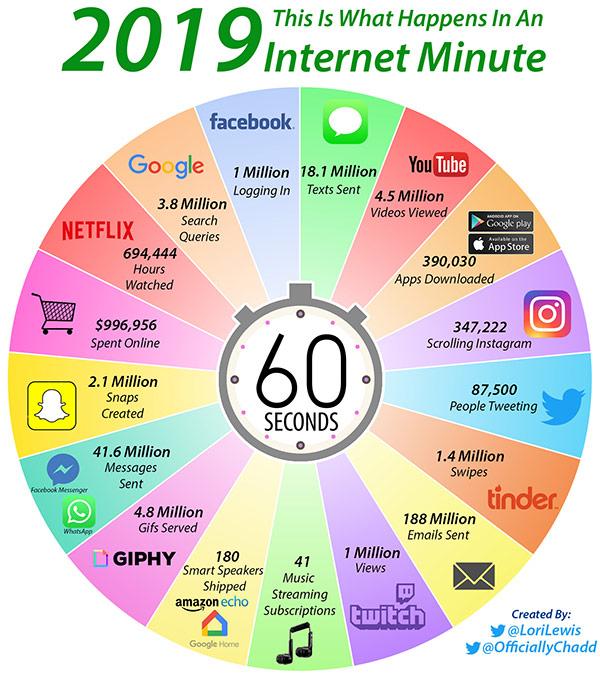
Are you spending your days creating content for every social media imaginable — and getting very little in return?
I was invited to give a presentation on Pamela Grow’s Motivate Monday webinar this week, and the topic was Social Media Survival Strategies for the Small Shop Fundraiser. Get the slides here.
When thinking about survival strategies, I know this much:
We don’t need more information.
We don’t need more choices.
We don’t need more resources.
We need clarity, focus, and confidence to make decisions.
We need more assurance that we are moving in the right direction, rather than spinning our wheels trying out a million different things.
We need to know that we aren’t wasting our time on social media when we could be getting a bigger return on other tactics.
In this webinar, I give the small shop fundraiser five survival strategies for the digital age:
1) Avoid FOMO at all costs.
FOMO – the fear of missing out – is what keeps our brains addicted to the little notifications on our phones.
It is what keeps us logging in to each social media site day after day.
It is also what eventually overwhelms us and makes it impossible to function.
Disregard infographics like this one (below).

This is not helpful in getting you closer to accomplishing your mission, or connecting with your donors.
Knowing how many people are on Instagram Stories won’t help you fully understand if YOU should be on there.
2) Understand that social media is ever-changing and we have little control here.
Don’t shake your fists at the sky and lament algorithms, Zuckerberg, and the like.
Have an escape strategy to get people on your social media platforms onto your email list or engaging with you in a more permanent way.
3) •Create a one-page plan for each channel you plan to use .
We cannot have one over-arching digital strategy.
Each platform should be treated like a different country, with different language, etiquette, culture, and values.
Ask these questions when creating a mini-strategy for each platform:
Why are we using this platform specifically – what do we hope to gain?
What types of content are we going to share that will work on this platform?
What works best on this particular platform – photos, video, graphics, links?
What voice will we have? Casual, friendly, serious?
What will we measure so we know progress and/or success?
4) Focus on giving donors the information that they want from you.
Each piece of social media strategy should focus on one or more the seven drivers of donor motivation.
- Donor perceives organization to be effective
- Donors knows what to expect with each interaction
- Donor receives a timely thank you
- Donor receives opportunities to make views known
- Donor feels like they’re part of an important cause
- Donor feels their involvement is appreciated
- Donor receives info showing who is being helped
- Source: DonorVoice National Donor Commitment Study
5) Thoroughly evaluate if social media fundraising is right for your organization.
Take some time, I suggest an hour per week, and make a list of the pros and cons of using each platform for fundraising:
Facebook Charitable Giving Tools: https://socialgood.fb.com/charitable-giving/
Instagram Donation Sticker: https://socialgood.fb.com/instagram-donation-sticker/
YouTube Giving Tools: https://youtube-creators.googleblog.com/2018/08/introducing-youtube-giving-new-tools.html
Bonus: Free and Low-Cost Tools to Save Time!
Canva – https://about.canva.com/en_in/canva-for-nonprofits/
Adobe Spark – https://spark.adobe.com/edu/
Typito – https://typito.com/nonprofit
Hootsuite – https://hootsuite.com/pages/landing/non-profit-discount-application
Buffer – https://buffer.com/nonprofits
Later – https://later.com/
Do you have any strategies to add? How do you survive the never-ending social media cycle?
